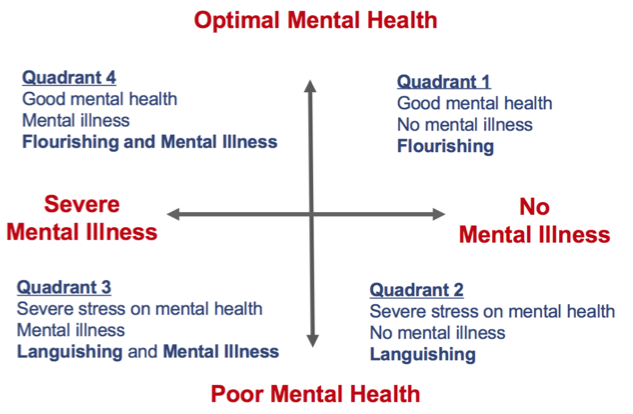Farm Stress
By Emily Wilmes, director of UMN Extension’s Rural Stress Task Force
On September 11, 2018, I received a phone call I will never forget. A close friend and farmer I work with often called me to tell me about an area farmer that had died by suicide the day before. The pain in his voice was palpable; a usually jovial man, hearing him so upset struck me in a way I wasn’t prepared for. The next words out of his mouth changed the direction of my work and ultimately my life. After a long pause, he said, “what are you going to do Emily?”
By September 2018, many farmers across the country were already feeling the strain of low commodity prices, high debt loads, and increasing interest rates. Unfortunately, the agricultural economy has not seen much improvement and farmers continue to deal with a long list of stressors. Now more than ever, it is critical that we think about and discuss the need for mental well-being in farming and across agriculture as a whole.
Back to that farmer’s question, what am I going to do? I am very fortunate that in my work with UMN Extension I have been able to explore my interest in farm safety and health. That phone call in September of 2018 opened my eyes to the fact that I could play a role in supporting farmers during these tough times; we can all play a role. Since then, work in this area from Extension and many other organizations has taken off. In April 2019, Dean of UMN Extension Bev Durgan created the Rural Stress Task Force, naming me as the director. This has been a challenging and rewarding role and I wake up every day hoping to make a difference in just one person’s life that day.
Diving into this work has taught me a lot about intentional well-being. Think of you and your overall well-being as a three-legged stool. The seat represents you and the legs represent your physical, mental, and emotional health. Your physical health is the general well-being of your body: sleeping 7-9 hours each night, eating balanced meals and snacks, and being active. Mental health and emotional health can be a little tricky to tell apart, but think of them like a tag team. Mental health refers to your ability to process information. Emotional health refers to your ability to express feelings which are based upon the information you have processed. We need to attend to all three legs equally in order to ensure we are properly supported. If you neglect one area, imagine cutting an inch off of one of the legs. You’ll still be upright, but it will be uncomfortable and more difficult to support.
An important lesson I learned early on is an understanding of mental health versus mental illness. As we have learned more about our brains, we have shifted from an old narrative that mental illness was a character flaw and that mental health was optional to a new narrative focused on the interconnectedness of mental, physical, and emotional health and the ways our mental health can be impacted by fear, trauma, chronic stress, and where we live, learn, work, and play. Mental health and mental illness are two separate phenomena; but they do intersect. The below dual continuum does a great job of showing the relationship between mental health and mental illness. It’s possible to have a mental illness and still be mentally healthy by managing your symptoms and practicing self-care (quadrant 4). I know this to be true, because that’s where I live every day.
There are a lot of aspects that go into stress management, mental health, and resilience.
Create a great day.
